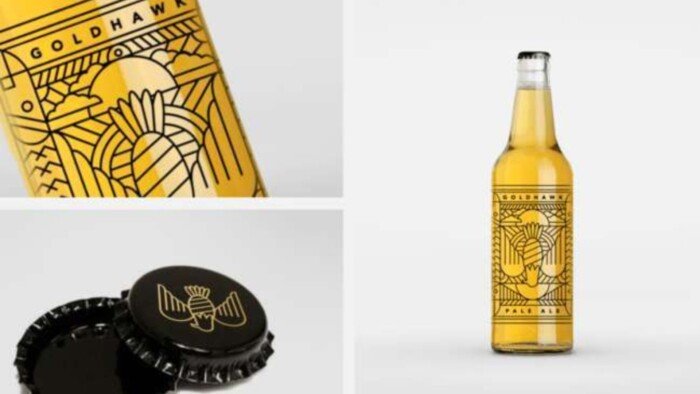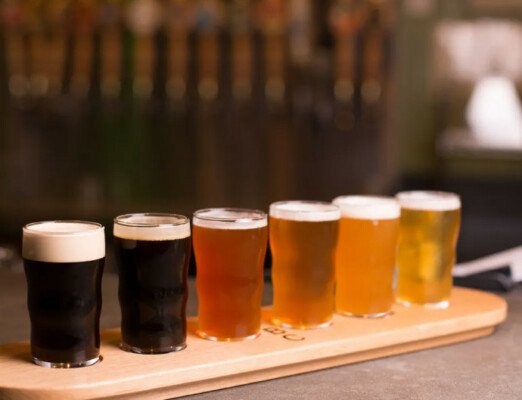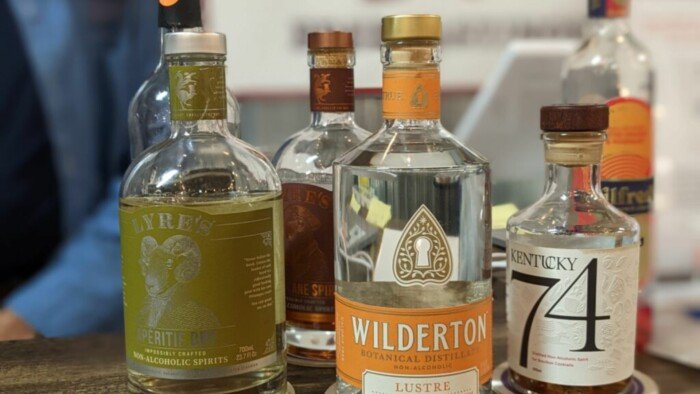|
Getting your Trinity Audio player ready...
|
As health-conscious trends reshape the beverage industry, the popularity of low-calorie and non-alcoholic beers has surged. This shift offers options for those seeking traditional beer flavors but with reduced calories or no alcohol. Let’s dive into the reasons behind this movement, its implications on the market, and what this means for beer enthusiasts.

The Rise of Low-Calorie and Non-Alcoholic Beers
Why Low-Calorie and Non-Alcoholic Beers Are Gaining Popularity
In recent years, health and wellness have become central to lifestyle choices. Consumers are more conscious of what they consume, prioritizing healthier alternatives in both food and drink. Traditional beers—often associated with high-calorie counts—have faced scrutiny as part of this trend. Low-calorie and non-alcoholic options provide a solution that satisfies the desire for taste without the added calories or effects of alcohol. This trend is particularly attractive for individuals looking to enjoy social occasions without compromising their health or breaking dietary goals.
Additionally, shifting social attitudes toward drinking are fueling this trend. Younger generations are more likely to seek moderation in alcohol consumption, driven by an awareness of its potential health impacts. As a result, breweries have responded to these demands by creating a variety of low-calorie and non-alcoholic beers that closely mimic the taste of regular beers.
The Role of Breweries in This Evolving Trend
As demand grows, breweries are investing more resources into developing quality non-alcoholic and low-calorie options. Major brands, as well as craft breweries, are exploring innovative brewing techniques to meet this demand. Many are focused on preserving flavor while reducing alcohol content or calories, using methods like reverse osmosis or adding specific enzymes that break down complex sugars. These techniques allow for the production of beers that retain depth and complexity without the downsides traditionally associated with beer consumption.
The rise of non-alcoholic IPAs and low-calorie stouts illustrates the progress within the industry. Breweries are taking creative steps to ensure these options are available in a variety of styles, accommodating different tastes. This shift isn’t just limited to mainstream brewers; independent craft breweries are also capitalizing on the trend, providing consumers with a broader range of choices.
Health Benefits and Nutritional Appeal
Low-calorie beers, generally containing fewer than 100 calories per serving, appeal to fitness-focused drinkers who wish to enjoy beer without derailing their dietary goals. Non-alcoholic beers, on the other hand, provide a way for people to savor beer without the effects of alcohol, making it easier to stay socially engaged without the side effects.
One major advantage of non-alcoholic beer is that it can be enjoyed without concerns about driving or daily commitments. For those monitoring their calorie intake, the lower sugar and carbohydrate content of these beers is a strong selling point. Moreover, these alternatives often have added nutritional benefits, with some non-alcoholic beers even containing vitamins or electrolytes that help in recovery and hydration. For those pursuing a balanced lifestyle, these options can be a valuable addition.
The Social Impact of Low-Calorie and Non-Alcoholic Beers
Non-alcoholic and low-calorie beers are changing the culture around drinking. Social gatherings no longer require people to choose between joining in or sticking to their health goals. These options offer inclusivity for individuals who either don’t drink or are looking to moderate their intake without feeling left out. They can even allow for the full experience of beer tasting or pairing without the need to worry about consuming alcohol.
Furthermore, the rise of these beers reflects changing perceptions toward social drinking. Traditional expectations around alcohol consumption are being replaced by an acceptance of moderation, wellness, and choice. Many people now feel comfortable enjoying a non-alcoholic beer at a bar or restaurant, with some even hosting entire events centered around alcohol-free options. This shift allows for new forms of social engagement and promotes a broader understanding of the role of wellness in everyday life.
Challenges and Future Potential for the Market
While low-calorie and non-alcoholic beers are rapidly gaining ground, there are challenges. The brewing process for non-alcoholic beers can be more costly and complex, which often leads to higher retail prices. However, as technology improves and demand continues to rise, these costs are expected to decrease. More affordable options could make these beers more accessible to a broader audience, further fueling their growth.
The flavor profile is another key challenge. Some traditional beer enthusiasts still find that non-alcoholic or low-calorie options don’t capture the full-bodied taste they prefer. Nonetheless, advancements in brewing techniques are making significant strides in addressing these issues, providing flavors that are increasingly comparable to regular beer. As brewers continue to innovate, we can expect future releases to deliver even more satisfying flavor profiles and textures.
The Future of Beer in a Health-Conscious World
As we look to the future, it’s clear that low-calorie and non-alcoholic beers are here to stay. Their rise aligns with the overall trend toward a more health-conscious, mindful society. For the beer industry, this shift opens new opportunities for product development, flavor experimentation, and customer engagement. As more consumers embrace these alternatives, breweries will likely continue expanding their range of offerings to keep up with demand.
Conclusion
Ultimately, low-calorie and non-alcoholic beers are reshaping the market, offering more choices for people who wish to balance their love of beer with their health goals. Whether enjoying a night out with friends or seeking a solo drink at home, consumers today have more options than ever to enjoy a great-tasting beer, no matter their lifestyle.




